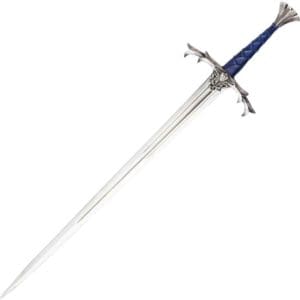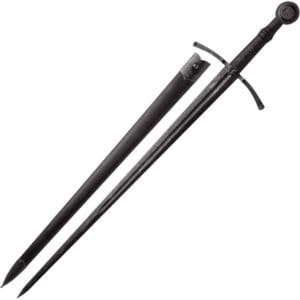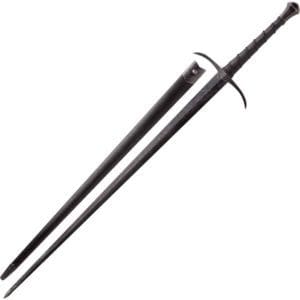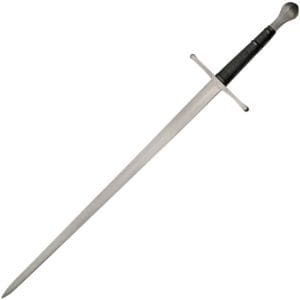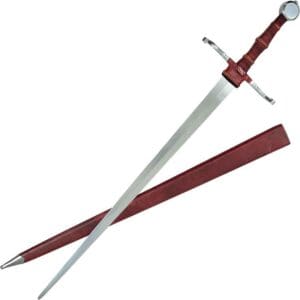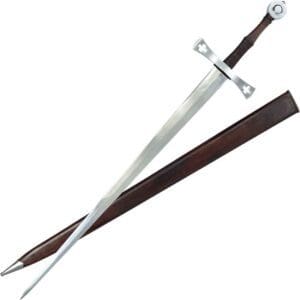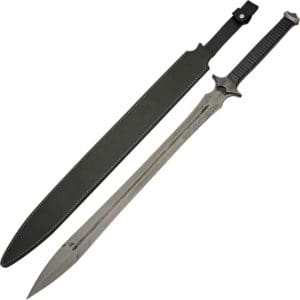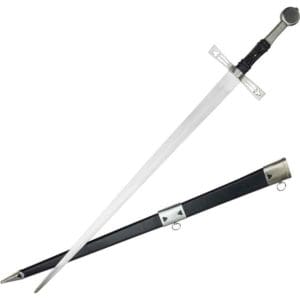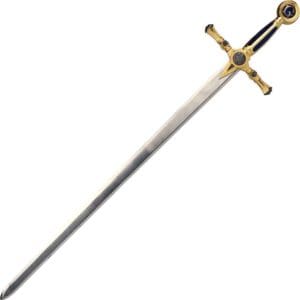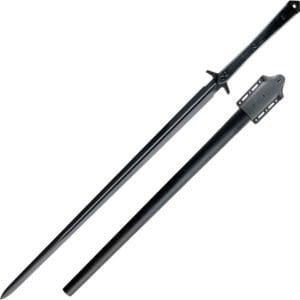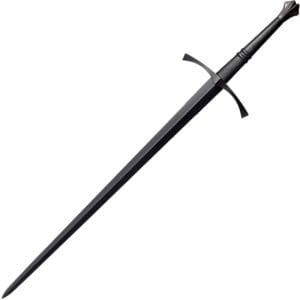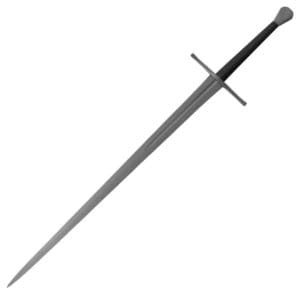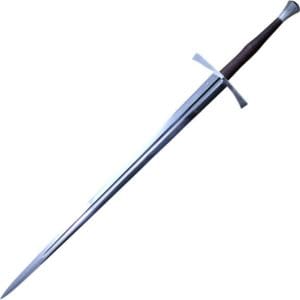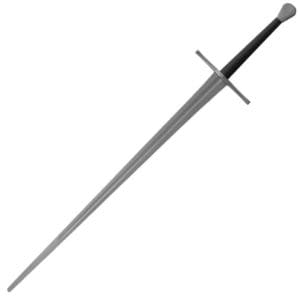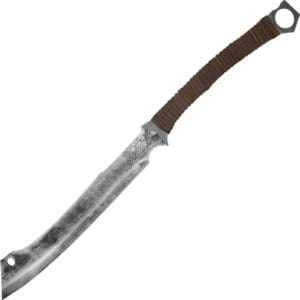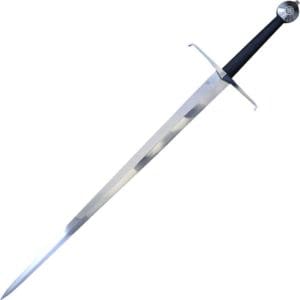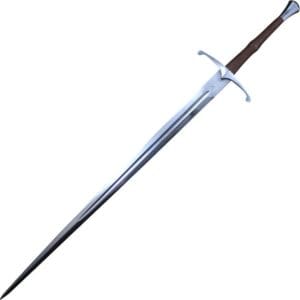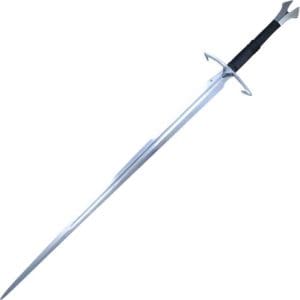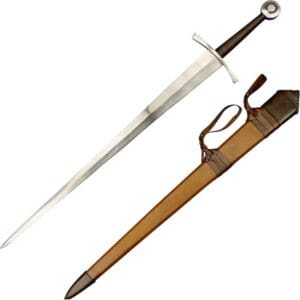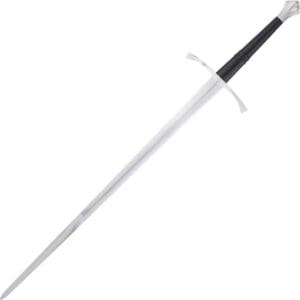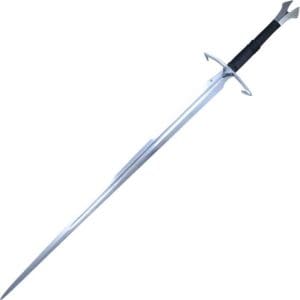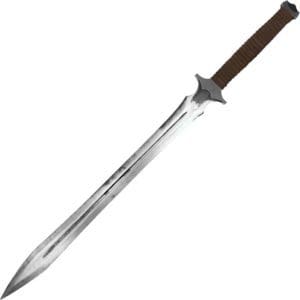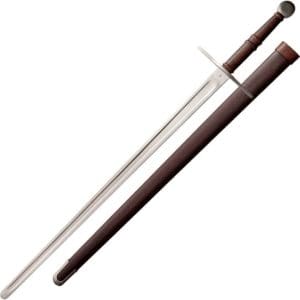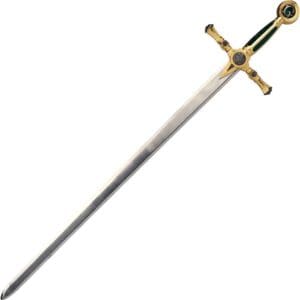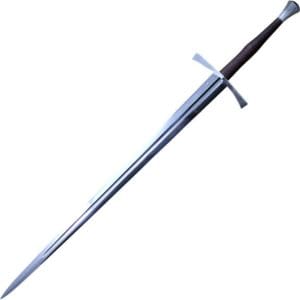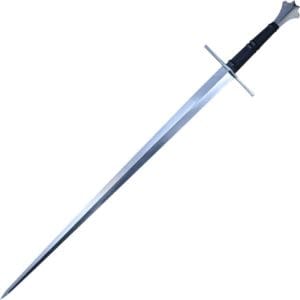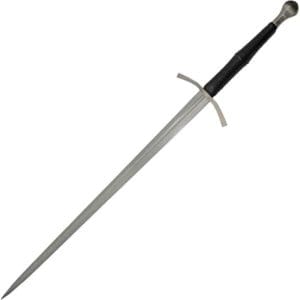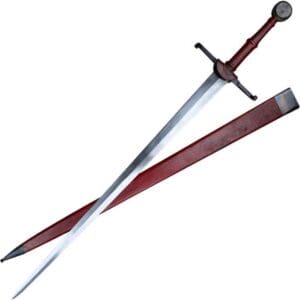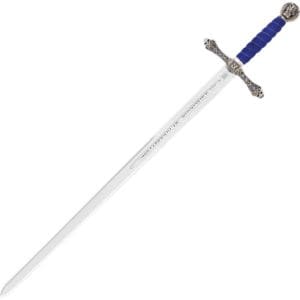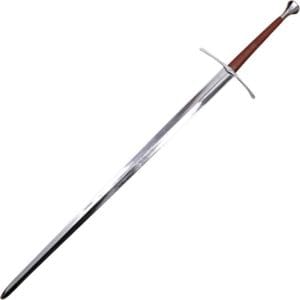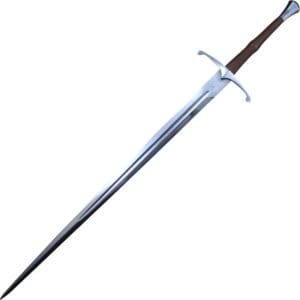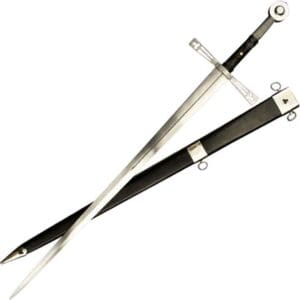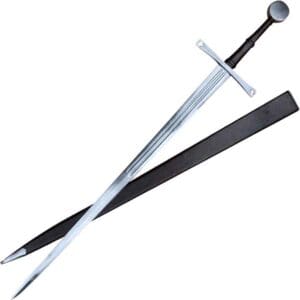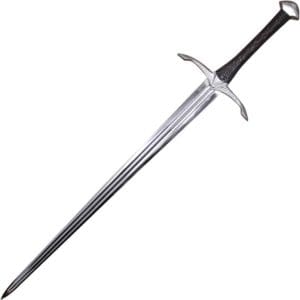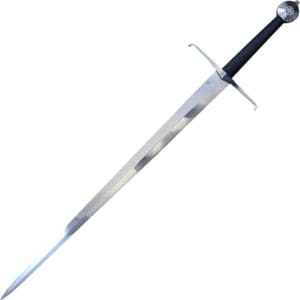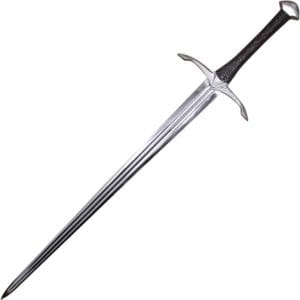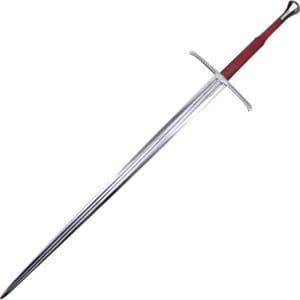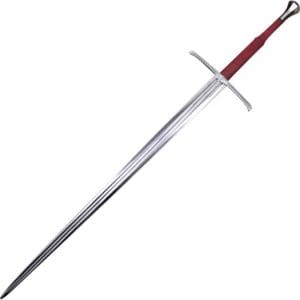Long Swords
-
Warriors Longsword
SKU: ZS-BT-2703 Original price was: $195.00.$177.00Current price is: $177.00. Add to Cart -
Dark Xiphos Sword
SKU: ZS-926981 Original price was: $94.00.$85.00Current price is: $85.00. Add to Cart -
APOC Survival Longsword
SKU: SD35640 Original price was: $193.00.$160.00Current price is: $160.00. Add to Cart -
Man at Arms Italian Longsword by Cold Steel
SKU: 07-88ITSM Original price was: $323.89.$266.61Current price is: $266.61. Add to Cart -
Tinker Pearce Sharpened Longsword
SKU: SH2394 Original price was: $323.50.$258.00Current price is: $258.00. Add to Cart -
Tinker Pearce Blunt Longsword
SKU: SH2395 Original price was: $306.50.$245.00Current price is: $245.00. Add to Cart -
Italian Long Sword by Cold Steel
SKU: 07-88ITS Original price was: $440.89.$352.71Current price is: $352.71. Add to Cart -
I-Beam Training Longsword
SKU: SM36110 Original price was: $334.00.$299.00Current price is: $299.00. Add to Cart -
15th Century Hand and a Half Sword With Scabbard and Belt
SKU: DS-1537B $675.00 – $710.00 Add to Cart -
Swiss Longsword
SKU: ZS-BT-2706 Original price was: $256.00.$232.00Current price is: $232.00. Add to Cart -
Sale!
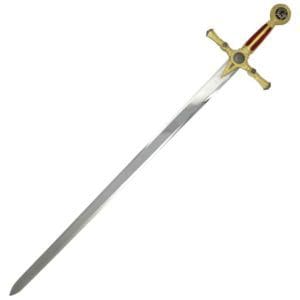 Out of stock
Out of stock
Red Masonic Longsword
SKU: MC-KS-4915 Original price was: $138.00.$94.00Current price is: $94.00. Add to Cart
Frequently Asked Questions
What is a long sword called?
A long sword is simply called a “long sword” (also spelled as long-sword). The term has been used in different contexts. Some people use it to refer to Viking swords, Bronze Age swords, and even the early-modern dueling weapons.
A long sword refers to weapons mainly used during the middle and late Medieval period in Europe. These swords are designed for use with two hands.
Medieval longswords are both an offensive and defensive weapon and can be used for parries, deflections, and cuts and thrusts. Cuts with a long sword are delivered either as slices or as extremely powerful chopping blows.
Although it is primarily used with two hands, a long sword is still great to use with a single hand, allowing the offhand to be used to grapple, punch, and grab an opponent or his sword. Advances in armor technology toward the end of the Medieval period, specifically plate armor, decreased the protective need for a shield and thus freed up the offhand. Because of this, special techniques called half-swording were developed.
Half-swording generally involves holding the blade of the sword in the second hand, enabling greater point control and increased thrusting power. This, in turn, allows the long sword to puncture heavy armor and to stab into the joints and gaps between plates.
A long sword was also known as a war sword in the 14th and 15th centuries. Typically 4′-4.5′ long and weighing between 3 and 4 lbs, the long sword was designed with a simple cruciform hilt and a straight, double-edged blade.
The long sword was reserved as a medieval battle sword (typically hung from the saddle instead of worn on the belt) and not used in friendly joust competitions. Long swords were more extensive versions of typical one-handed swords, except with stouter blades. They were “longer swords,” as opposed to single-hand swords, or just “swords.”
In combat, knights developed an offensive move involving the hitting of an opponent repeatedly with the butt of his long sword (the “pummel,” back of the handle), which is where we get the phrase “to pummel someone.”
What is the difference between a longsword and a greatsword?
A long sword is essentially used for thrusting, hewing, and even slicing. A long sword is appropriate for use in combat using two-hands, but it may be used with one hand. On the other hand, a greatsword refers to any blade that is straight-bladed and double-edged. It is sufficiently large so it requires two hands to wield it effectively. It’s difficult to use the greatsword with only one hand because of its size.
Top-Grade Collection of Medieval Long Swords
Our long swords can be used for display or battle reenactments; each weapon reproduction is created according to the original specifications. The dimensions and weight are accurate on every piece, so you get a medieval weapon that is actually balanced and fun to hold instead of just pretty to look at.
Medieval times were sometimes brutal, sometimes romantic, but always a source of intrigue. We invite you to share in the great experience of an era past with our collection of Medieval long swords. All our long swords are expertly hand-crafted and authentic replicas. You can display them in your office, home, or for medieval reenactments.

